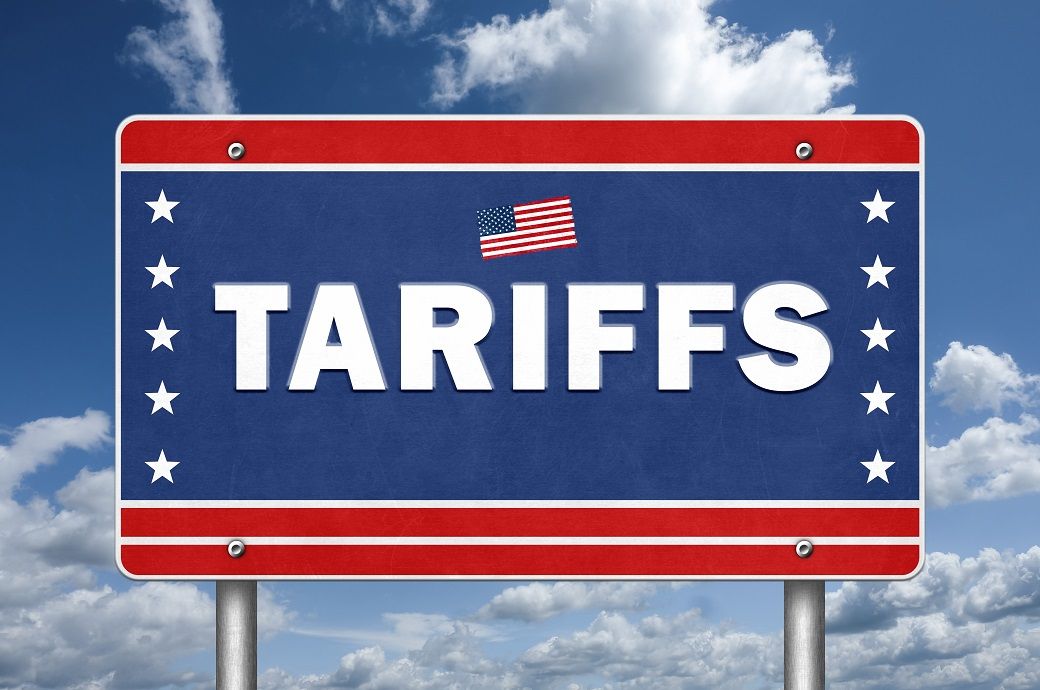
Using his International Emergency Economic Powers Act of 1977 (IEEPA) authority, President Trump will impose a 10 per cent tariff on all countries, effective April 5, 2025, at 12:01 a.m. EDT.
In addition, he will also impose an individualised reciprocal higher tariff on the countries with which the United States has the largest trade deficits. This will take effect on April 9, 2025, at 12:01 a.m. EDT. All other countries will continue to be subject to the original 10 per cent tariff baseline.
“These tariffs will remain in effect until such a time as President Trump determines that the threat posed by the trade deficit and underlying non-reciprocal treatment is satisfied, resolved, or mitigated,” a Fact Sheet from the White House said.
Today’s IEEPA Order also contains modification authority, allowing President Trump to increase the tariff if trading partners retaliate or decrease the tariffs if trading partners take significant steps to remedy non-reciprocal trade arrangements and align with the United States on economic and national security matters.
However, some goods will not be subject to the reciprocal tariff. These include: (1) articles subject to 50 USC 1702(b); (2) steel/aluminium articles and autos/auto parts already subject to Section 232 tariffs; (3) copper, pharmaceuticals, semiconductors, and lumber articles; (4) all articles that may become subject to future Section 232 tariffs; (5) bullion; and (6) energy and other certain minerals that are not available in the United States.
For Canada and Mexico, the existing fentanyl/migration IEEPA orders remain in effect, and are unaffected by today’s order. This means USMCA compliant goods will continue to see a zero-per cent tariff, non-USMCA compliant goods will see a 25 per cent tariff, and non-USMCA compliant energy and potash will see a 10 per cent tariff. In the event the existing fentanyl/migration IEEPA orders are terminated, USMCA compliant goods would continue to receive preferential treatment, while non-USMCA compliant goods would be subject to a 12 per cent reciprocal tariff, the Fact Sheet clarified.
In 2024, the US trade deficit in goods exceeded $1.2 trillion. US companies, according to internal government estimates, pay over $200 billion per year in value-added taxes (VAT) to foreign governments—a “double-whammy” on US companies who pay the tax at the European border, while European companies do not pay tax to the United States on the income from their exports to the US.
So, by imposing reciprocal tariffs, President Trump said he is working to level the playing field for American businesses and workers by confronting the unfair tariff disparities and non-tariff barriers imposed by other countries.
ALCHEMPro News Desk (RKS)
Receive daily prices and market insights straight to your inbox. Subscribe to AlchemPro Weekly!